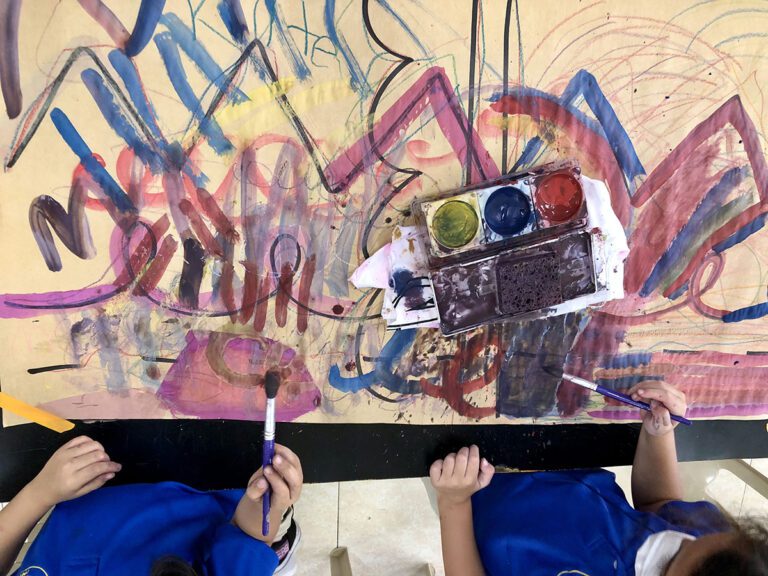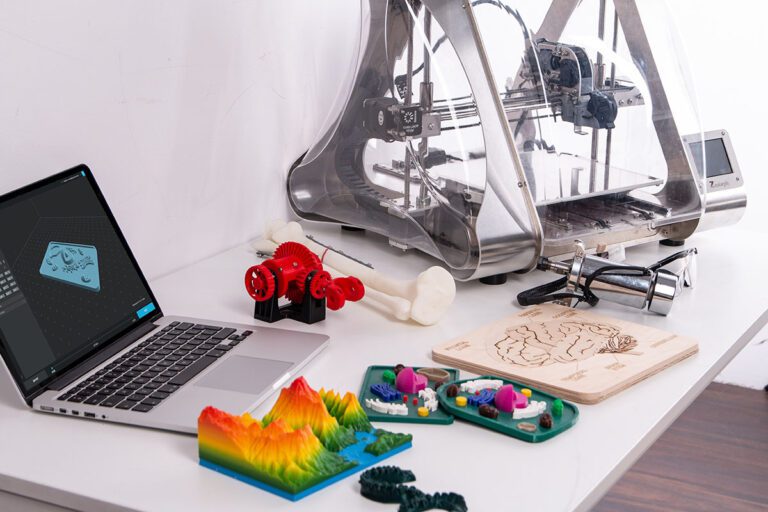To survive in today’s world, it’s imperative for students to become innovators able to think both critically and creatively.
Because of this, many schools are looking to STEAM education. If you’re unfamiliar, STEAM stands for Science, Technology, Engineering, the Arts, and Math. STEAM education aims to help students see and use connections between all of these disciplines to become well-rounded.
However, STEAM didn’t always exist. In fact, the arts were never part of the original equation. Read on to see how STEM morphed into STEAM and how to bring these important ideas into your classroom.
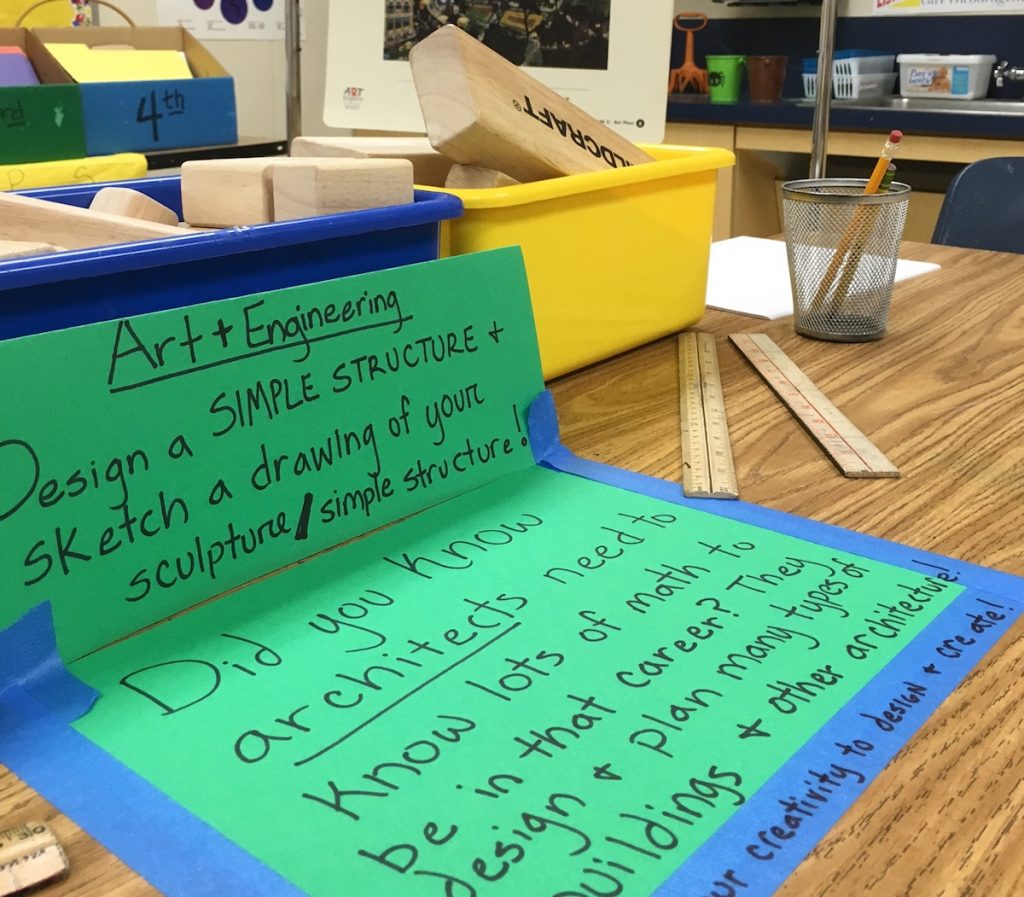
A Brief History of STEAM
Starting with STEM
To understand how STEAM education came about, we have to start at the beginning with STEM. In the 1990s, schools wanted to provide students with more access to science, technology, engineering, and math. This initiative was in direct response to workers in the U.S. falling behind those in other countries like China and India especially in fields like technology and innovation.
The goal of the STEM initiative was to better prepare students for the future. In other words, writes Anne Jolly in an article titled, “STEM vs. STEAM: Do the Arts Belong?,” “Students need more in-depth knowledge of math and science, plus the ability to integrate and apply that knowledge to solve the challenges facing our nation.”
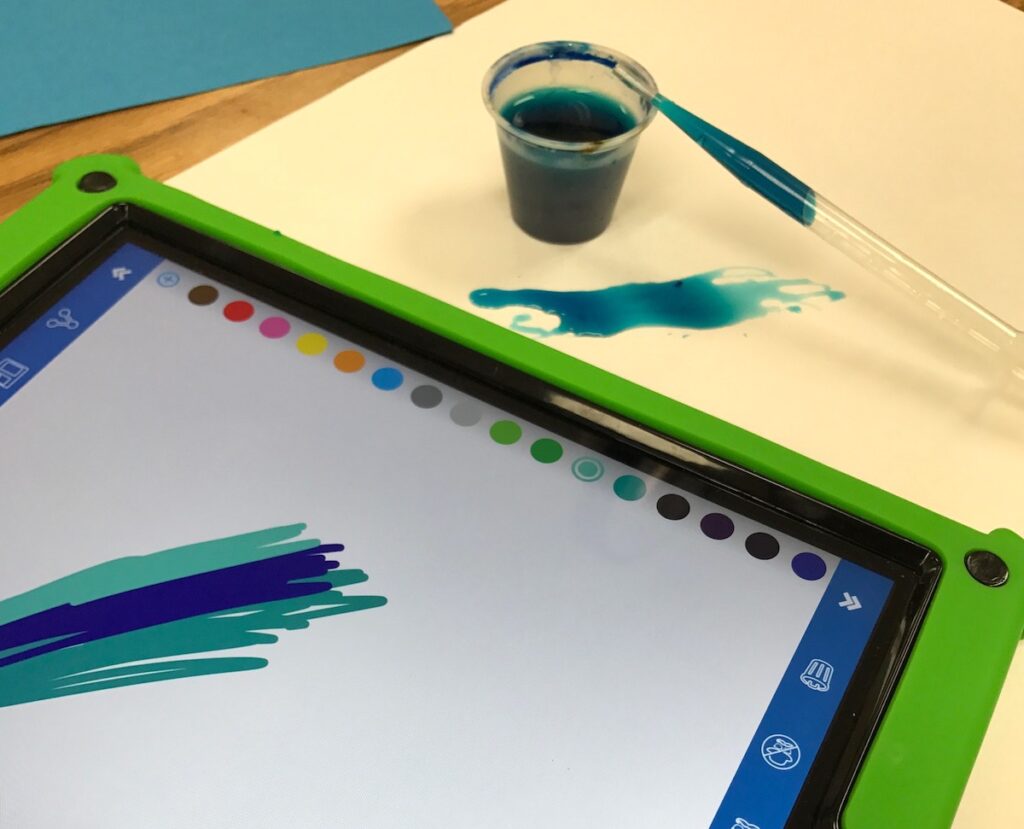
Moving to STEAM
If all of this is sounding familiar, it’s with good reason. We promote these types of skills every single day in the art room! And so, many people soon began calling for the addition of an “A” to the equation.
The term STEAM was coined by the Rhode Island School of Design and is now used in a wide variety of settings. The article “STEM to STEAM: Integrating the Arts into Education” goes on to explain how the goal of STEAM is to integrate the arts with the other disciplines. The hope is that employers will see how artists and designers can become innovative players in our global economy.
In “STEM vs. STEAM: Do the Arts Belong?” Anne Jolly shares some additional thoughts from an educator named Ruth Catchen, “According to Ruth, the arts are a great learning tool and can serve as an on-ramp to STEM for underrepresented students. Engaging students’ strengths using art activities increases motivation and the probability of STEM success.”
In short, there are a lot of great reasons to bring STEAM concepts into your art room. Plus, it may be more of a natural fit than you think. With a bit of thought, you can easily take art lessons and highlight cross-curricular connections you see. And, you can do it all while maintaining the integrity of your art program.
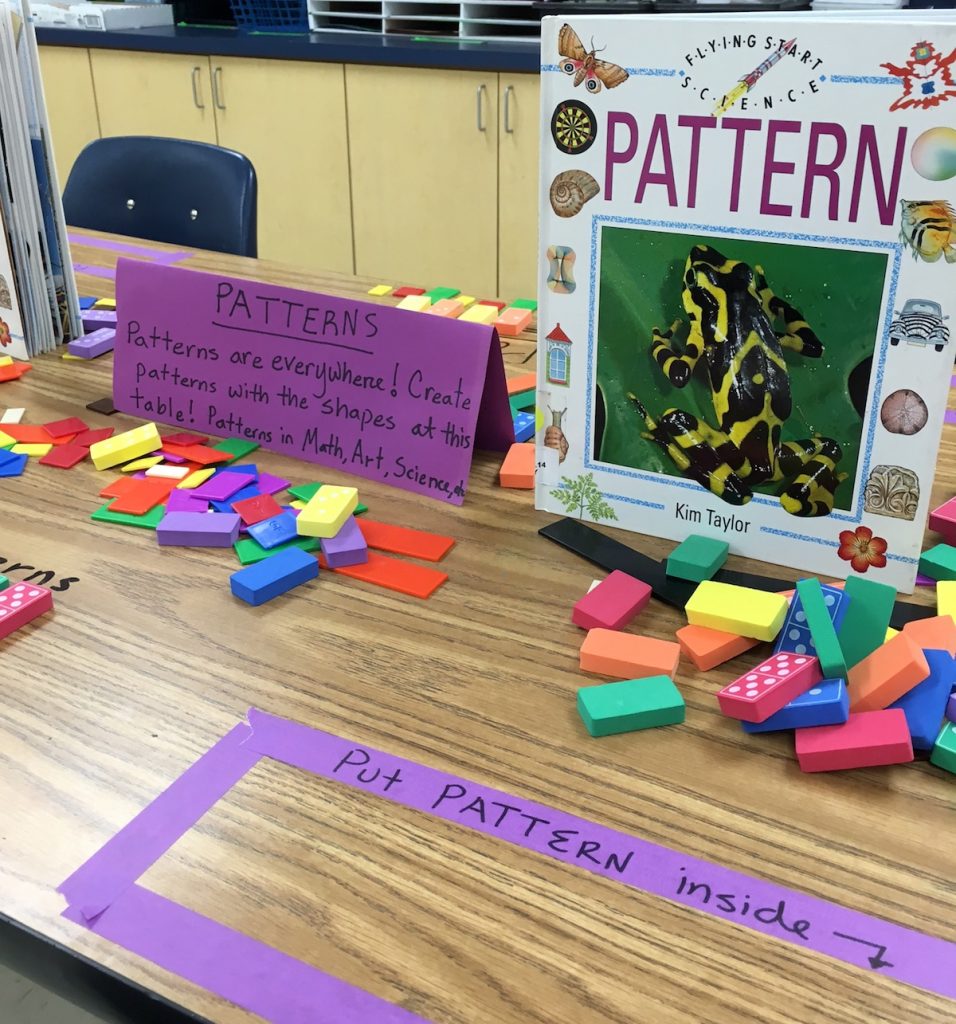
Here are 5 resources to get started with STEAM in the art room.
- STEAM Art Lessons from Tricia Fuglestad’s Elementary Art Room
This resource has HUNDREDS of ideas of elementary STEAM lessons. - Art to Remember STEAM Lessons
This video shows how to create art with a doodle bot and a paint pendulum. - How to Easily Add STEAM to Your TAB Curriculum
This article from our archives has simple STEAM ideas for drawing, collage, origami, sculpture, and ceramics. - Use STEAM Initiatives to Build Art Appreciation
This article from our archives details a collaborative STEAM project that will allow students to find a deeper appreciation and value of the artistic process. - Five Easy Ways to Gather Steam in Your Art Room
This article from our archives shares five super simple ways to start bringing STEAM ideas into your classroom.
While art is vital as a stand alone subject, it is also nice to incorporate with STEM to give students experiences with STEAM lessons. You can maintain the importance of art but also share with your students that art is everywhere and flows naturally with other areas.
How have you used STEAM lessons in your classroom?
What is your perspective when it comes to incorporating STEM with art?
Magazine articles and podcasts are opinions of professional education contributors and do not necessarily represent the position of the Art of Education University (AOEU) or its academic offerings. Contributors use terms in the way they are most often talked about in the scope of their educational experiences.



